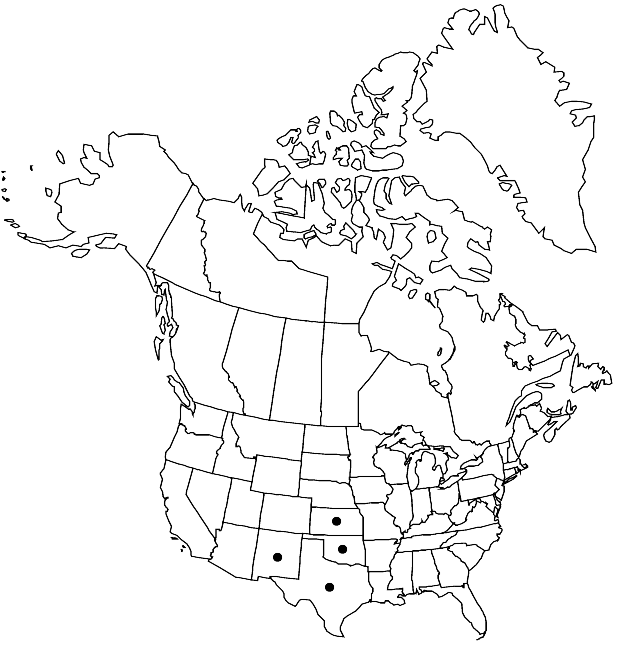Dimorphocarpa candicans
Cruciferae Continental N. Amer., 361. 1993.
Annuals or biennials. Stems unbranched proximally, branched distally, (3–)4–8(–10) dm. Basal leaves: petiole 1–4(–6) cm; blade lanceolate to oblong or ovate, (2–)4–8(–10) cm × (10–)15–25(–40) mm, base cuneate to obtuse, margins dentate. Cauline leaves (distal) sessile; blade usually ovate to narrowly oblong, rarely lanceolate, base obtuse to truncate, margins entire, sometimes repand. Fruiting pedicels divaricate, (8–)10–16(–20) mm. Flowers: sepals 3.5–5 × 1–1.5 mm, pubescent abaxially; petals white or lavender, (7–)8–10(–12) × 4–6(–7) mm, attenuate to claw, claw 2–3 mm, not expanded basally; filaments lavender or white, 3–4 mm; anthers 1–1.5 mm. Fruits: each valve suborbicular or orbicular, (7–)8–10 × (6–)7–10 mm, base rounded, apex truncate, with or without narrow margin beyond indurated part surrounding seeds, glabrous or pubescent; style (0.3–)0.6–1(–1.2) mm. Seeds suborbicular-ovoid, 3–4 × 2.5–3 mm. 2n = 18.
Phenology: Flowering Apr–Sep.
Habitat: Sandy hills and plains, prairies, sand dunes
Elevation: 100-800 m
Distribution

Kans., N.Mex., Okla., Tex.
Discussion
Selected References
None.